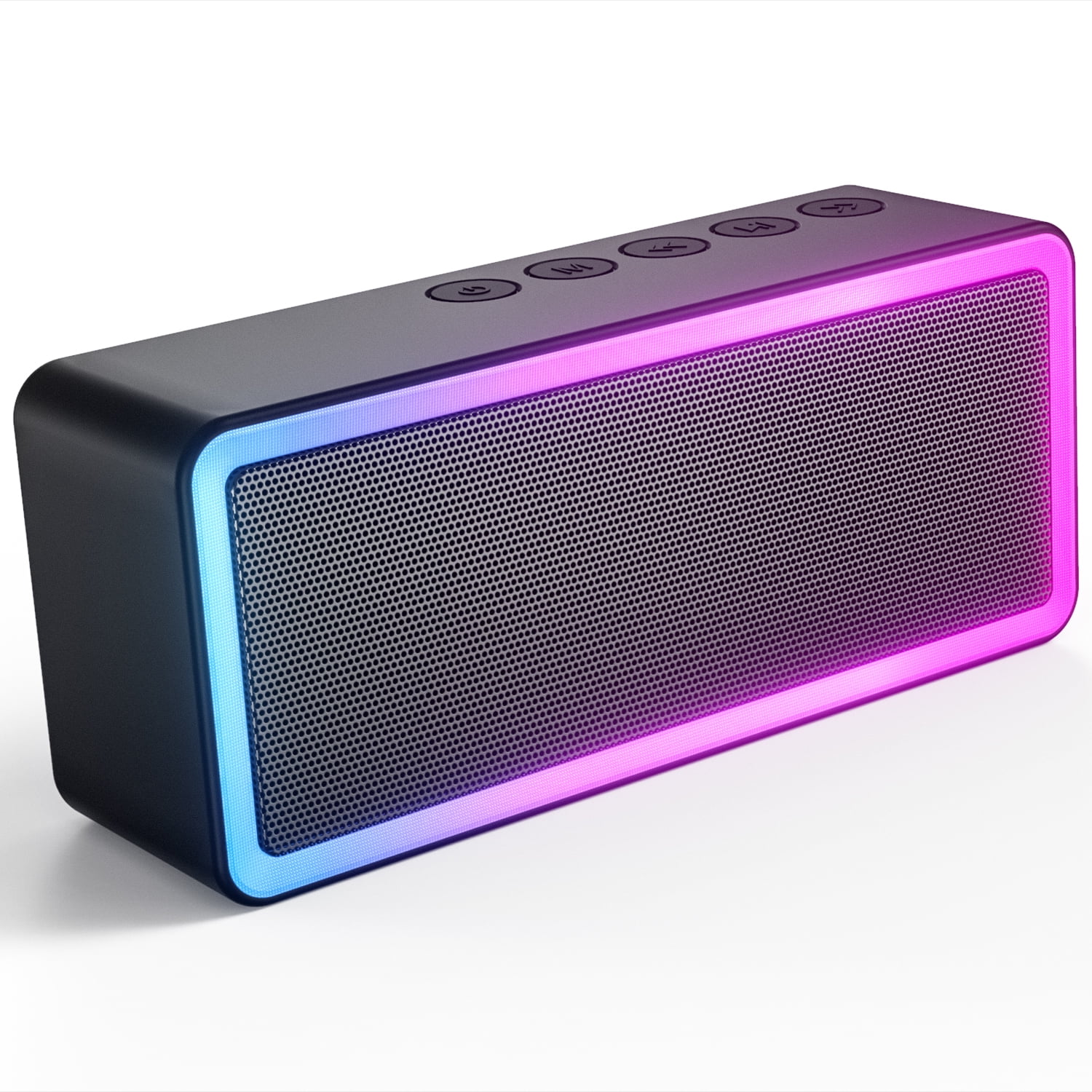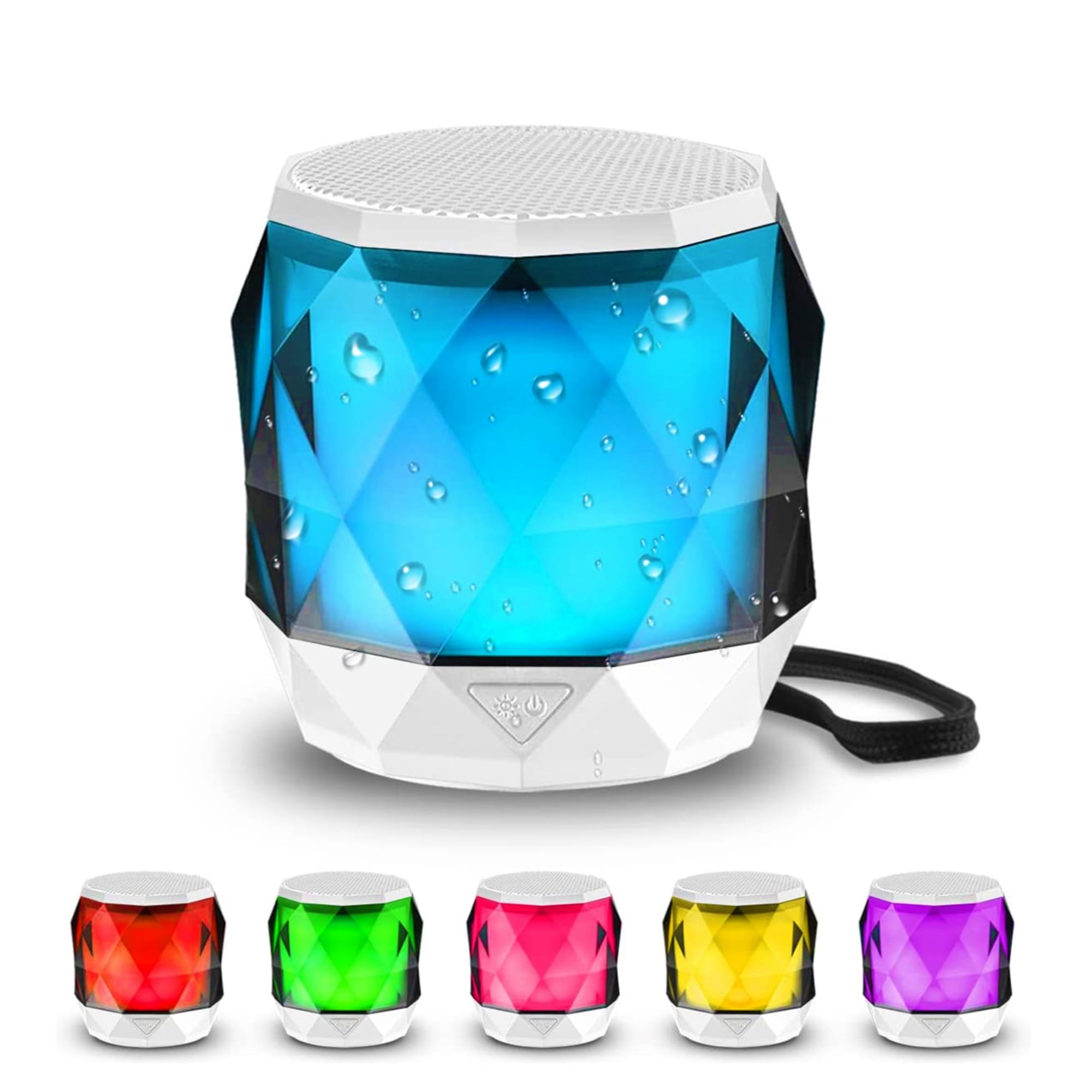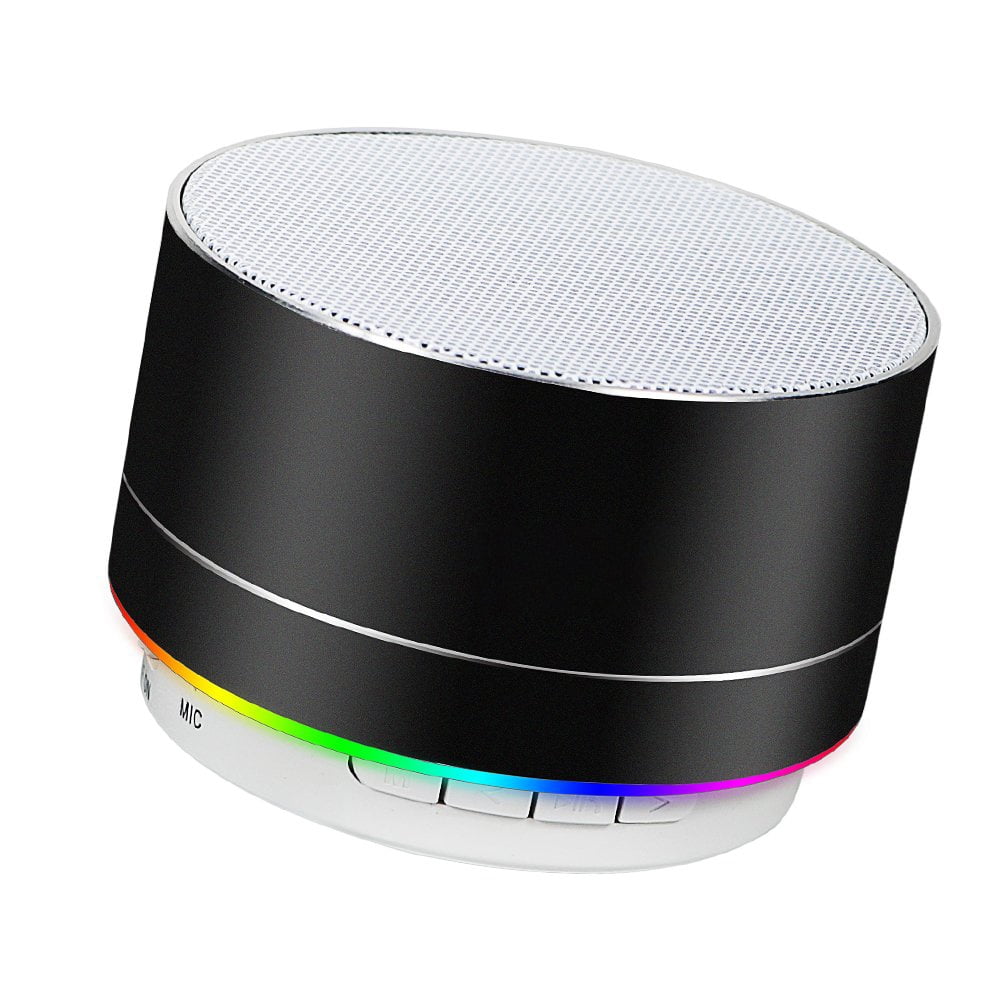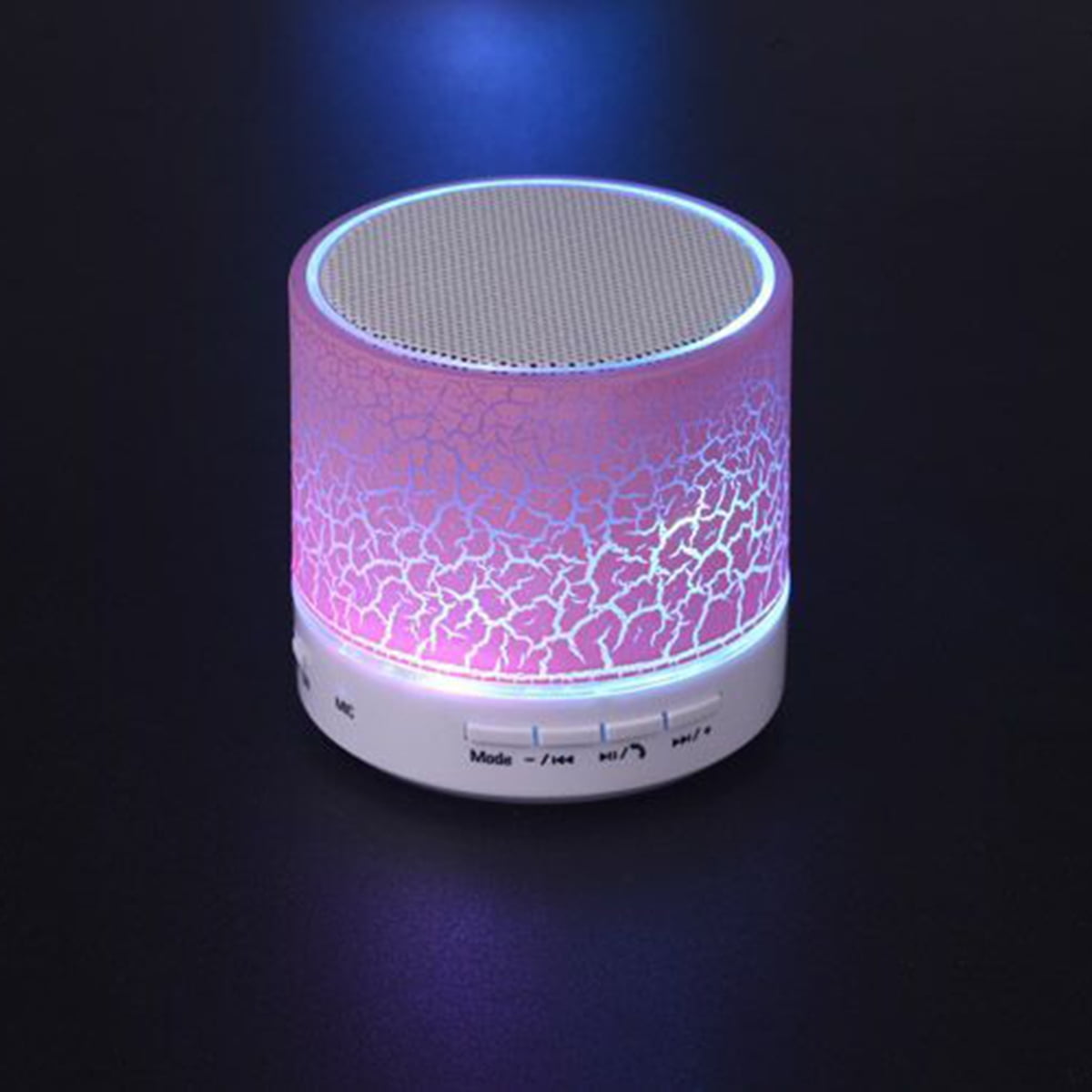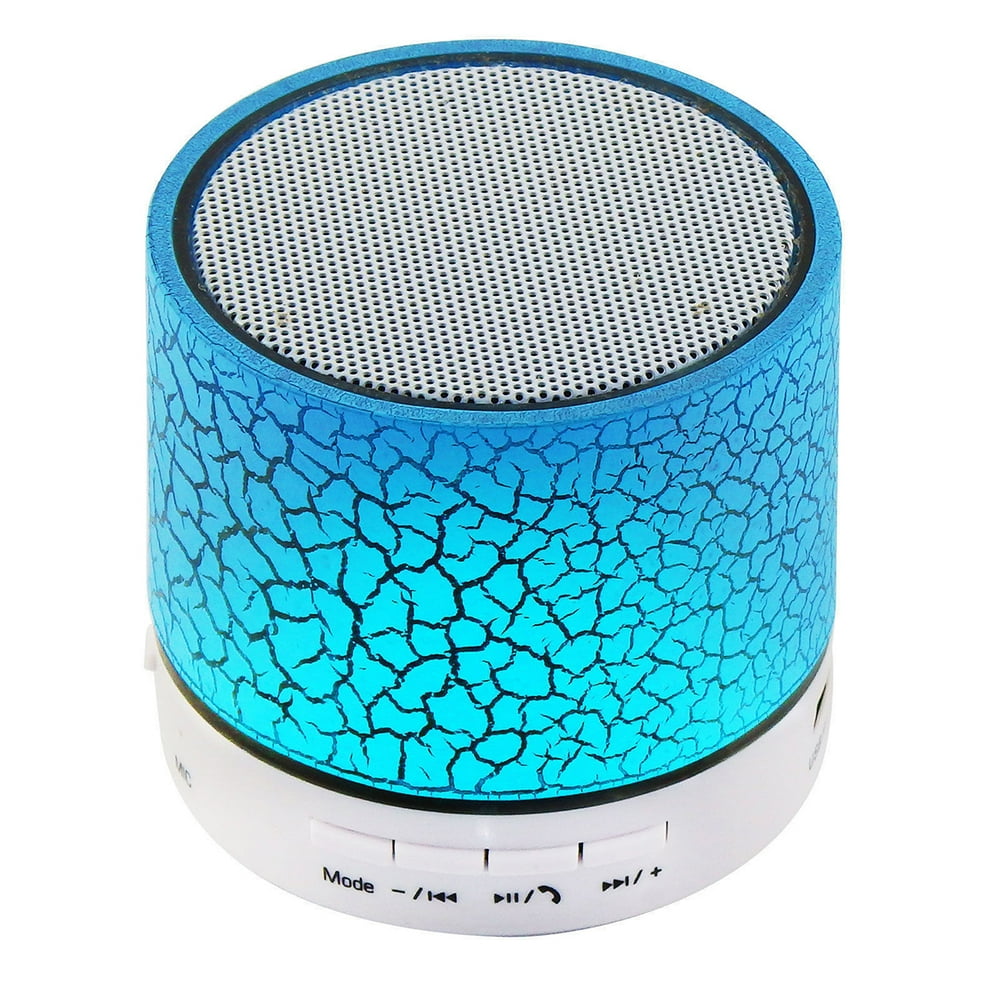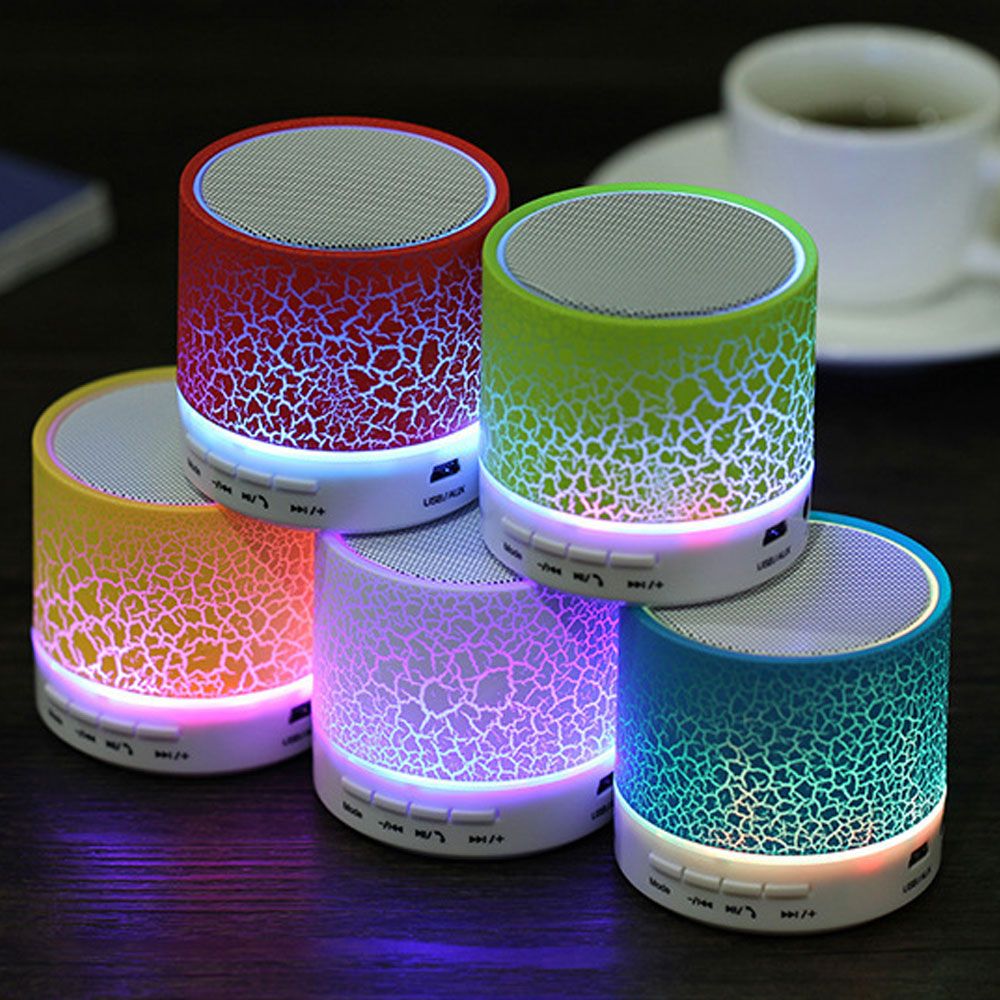Led Portable Wireless Bluetooth Speakers

The portable speaker market is booming, and a vibrant sub-segment, LED portable wireless Bluetooth speakers, is capturing significant consumer attention. These devices, blending audio fidelity with eye-catching light displays, are transforming how people experience music on the go. But beyond the visual appeal, what's driving this surge in popularity, and what challenges and opportunities lie ahead for manufacturers and consumers alike?
This article delves into the rise of LED portable wireless Bluetooth speakers. It examines the technology powering these devices, the market trends shaping their growth, and the implications for the broader audio industry. We'll explore the balance between innovation, sound quality, and the potential environmental impact of increased production and consumption.
The Technology Behind the Lights and Sound
The core technology behind these speakers combines familiar elements with innovative designs. Bluetooth connectivity enables seamless wireless streaming from smartphones, tablets, and other devices. Simultaneously, advancements in LED technology allow for intricate and customizable light displays that sync with the music, creating an immersive audio-visual experience.
Microprocessors control both the audio processing and the LED patterns. This allows for a wide range of lighting effects, from simple color changes to complex animations that react to the beat of the music. Further, many models include built-in microphones for hands-free calling and voice assistant integration.
Battery technology is also crucial. The speakers depend on lithium-ion batteries to ensure extended playtime despite the power demands of the LEDs. Battery life varies significantly between models, with higher-end units often boasting longer run times due to larger battery capacities and more efficient power management systems.
Market Trends and Consumer Demand
The global portable speaker market is experiencing substantial growth, and LED-equipped models are a key driver. According to a report by Market Research Future, the portable speaker market is expected to reach billions of dollars in the coming years, with a significant portion attributed to Bluetooth and wireless models.
Consumer demand is fueled by several factors. First, the desire for personalized and immersive experiences is paramount. The combination of music and synchronized lighting offers a unique and engaging way to enjoy audio content.
Furthermore, the versatility of these speakers contributes to their appeal. They are suitable for a wide range of activities, from backyard barbecues to camping trips, and indoor gatherings. The portability and ease of use make them a convenient choice for consumers who want to enjoy music wherever they go.
Opportunities and Challenges
The popularity of LED portable wireless Bluetooth speakers presents both opportunities and challenges for manufacturers. One key opportunity lies in product differentiation. Companies that can innovate with unique lighting effects, superior sound quality, and enhanced features will be well-positioned to capture market share.
Another opportunity lies in expanding the range of applications. Some manufacturers are exploring integration with smart home devices and gaming consoles, creating new use cases and increasing the value proposition for consumers.
However, challenges also exist. The market is becoming increasingly competitive, with numerous brands vying for consumer attention. Price wars can erode profit margins, making it difficult for smaller companies to compete with larger, established players. Furthermore, ensuring high sound quality while incorporating LED lighting can be a complex engineering challenge.
Environmental concerns are also a growing issue. The production of electronic devices, including portable speakers, contributes to e-waste and resource depletion. Manufacturers must address these concerns by adopting more sustainable manufacturing practices and designing products for durability and recyclability.
"Consumers are increasingly aware of the environmental impact of their purchases," says Jane Doe, an environmental analyst at the Environmental Protection Agency (EPA), "and they expect companies to take responsibility for the entire life cycle of their products."
Looking Ahead
The future of LED portable wireless Bluetooth speakers appears bright, but sustained success will require innovation and adaptation. Manufacturers will need to continue to push the boundaries of technology, integrating new features and improving both sound and light performance.
Furthermore, sustainability will become an increasingly important factor. Companies that can demonstrate a commitment to environmental responsibility will have a competitive advantage in the market. The integration of AI and machine learning into these devices is also a potential area of growth. AI could be used to personalize the lighting experience based on user preferences or to optimize battery life based on usage patterns.
Ultimately, the success of LED portable wireless Bluetooth speakers will depend on the ability of manufacturers to meet the evolving needs and expectations of consumers. This includes delivering high-quality audio and visual experiences, while also addressing environmental and social concerns. Only those who can balance these competing demands will thrive in the long term.


